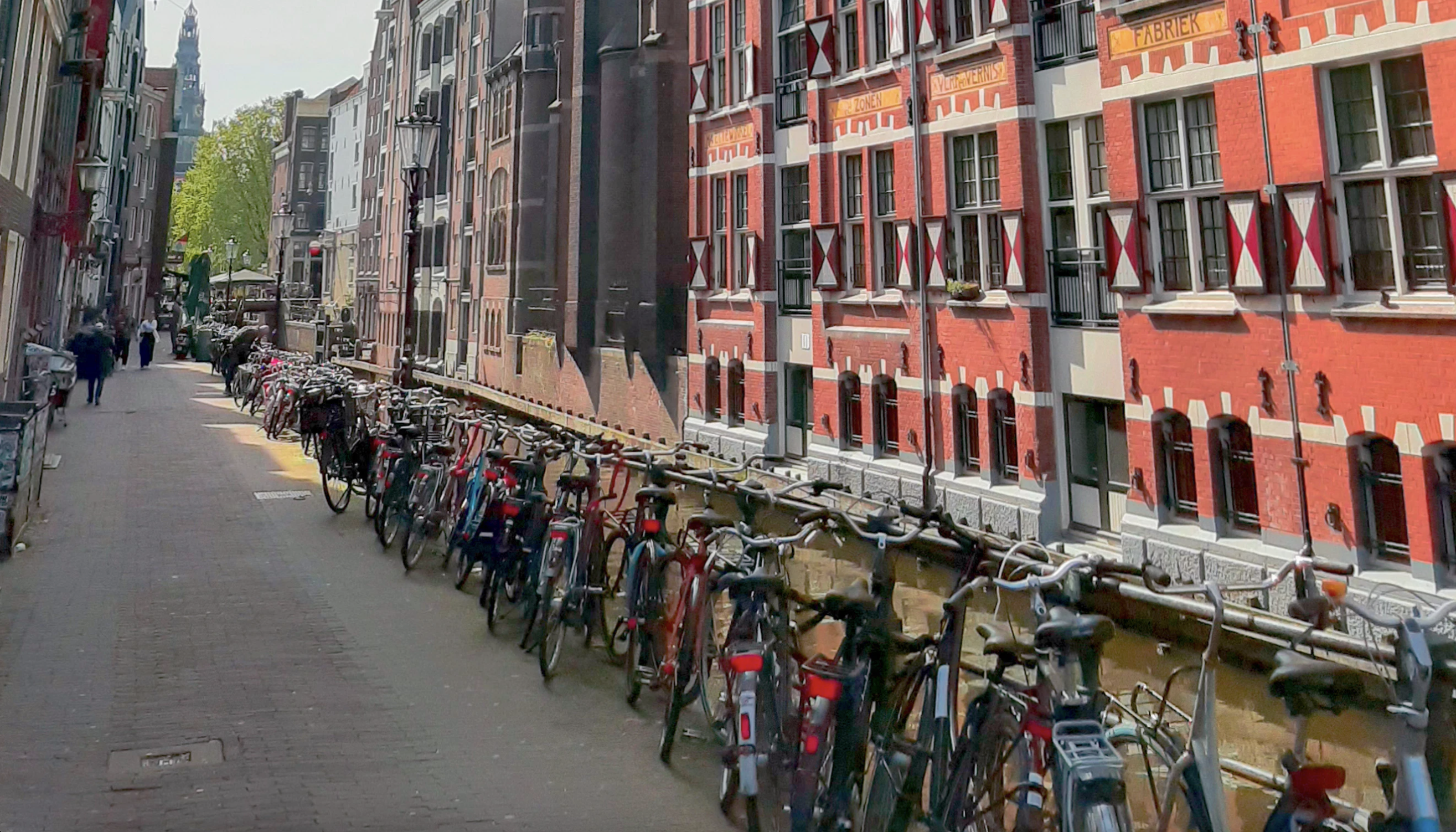Editor's note: the following is a lightly edited excerpt from Movement: How to Take Back Our Streets and Transform Our Lives. Buy it now wherever books are sold, and visit Streetsblog tomorrow for an interview with the authors.
Almost everywhere, streets are designed on the basis that those who can travel at the highest speed, in the chunkiest vehicles, take precedence. And that includes in the Netherlands.
You may be surprised to learn this, as we have the reputation of being a cyclist’s paradise, with 37,000 kilometers (nearly 23,000 miles) of cycle paths, many of them segregated. We’ve also developed bike traffic lights, rain sensors that reduce cyclists’ waiting times at traffic lights in wet weather, bike-friendly speed bumps, roundabouts with priority for cyclists, bike parking garages, bike highways (segregated cycle paths for fast-moving commuters), and bike streets (streets where cyclists have priority over motorists for once). Sounds great, right?
Yet we in the Netherlands are also coming to understand the limitations of our solutions. Our infrastructure, designed for cyclists alongside motorists, has led to a situation in which everyone can now get from A to B with maximum speed and efficiency. Cyclists can ride at full tilt, just like motorists, each traffic category in its own segregated channel. But has this made our streets safer?
Studies suggest not — in the Netherlands, a higher proportion of people are killed in traffic accidents than in the UK, and in 2019 every sixth victim was a cyclist killed in a collision with somebody driving a car, truck, or van.
Aside from this, what about people who want to move at a leisurely pace? What about children playing outside their homes? What about the street as a place to meet neighbors; a place with shade, plants, water; a place of belonging? Assigning everyone their own fast-moving channel further reinforces the notion that streets exist to accommodate drivers or speedy cyclists, rather than as public space to be shared by us all.
We’ve also lost sight of the fact that bicycles have the advantage of enabling people to get about while also allowing the street to serve other purposes. And we’ve forgotten that getting about doesn’t have to be a chore — it can also be an activity with a value of its own.
It is still worth talking about the Netherlands — what we can learn from the 1970s activists who battled against the belief that the design of public space should revolve around the car and the commuter, and how we can carry that forward today to make our streets serve our communities in more ways than just one. But we can also learn from what other countries are doing — and could do — to diversify how they use their streets and make them safer.
Many major cities worldwide — partly because of the COVID-19 pandemic — are seeing a growing awareness of these questions: who do our streets belong to, what do we want to use them for, and who gets to decide? It goes without saying that they must meet the demands of sustainability, livability, and safety. That’s the bottom line. But as ultimate aims, these aren’t exactly inspiring, are they?
With enough will and civil courage, the problems posed by traffic can be transformed into a challenge extending far beyond the technical aspects. What’s at stake is far greater: the broad social question of how we want to live together. Real change could come if we seize the opportunity to rethink what public space is for, who decides, and what we want to do with it.
From Movement by Thalia Verkade and Marco te Brömmelstroet. Copyright © 2024 by the
authors. Reproduced by permission of Island Press, Washington, D.C.






